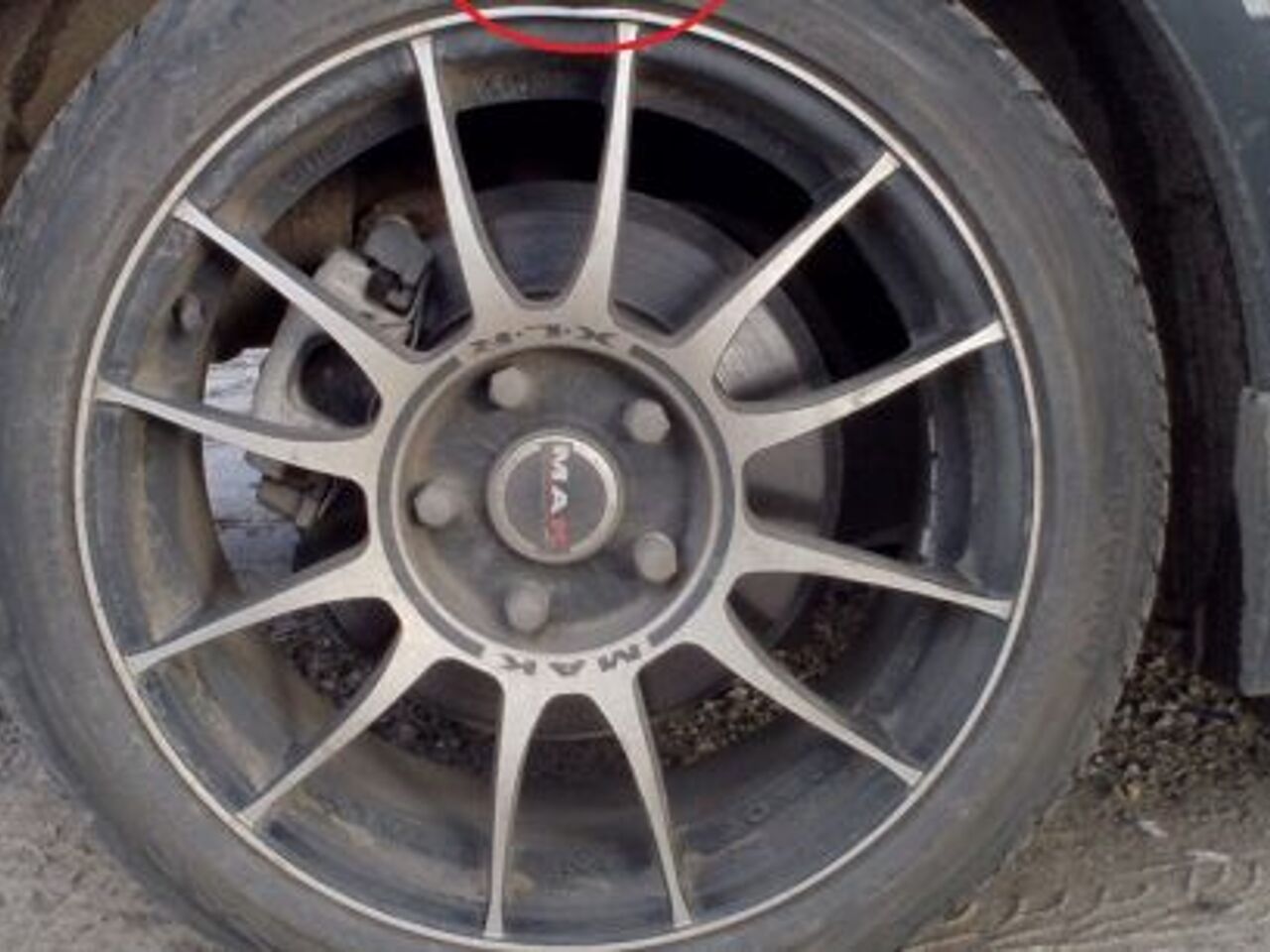
5. Potholes on automotive parts can damage
Car damage due to potholes is common during the spring season. Check for bulging tires, suspension problems, and body damage if you hit a pothole.
Do you think driving will become easier after the winter season ends? Think again. Warm spring weather melts slippery snow and ice, but also brings out one of the most problematic elements on the road: potholes. You may encounter dozens of potholes on your daily commute and can only be avoided for a limited amount of time. In the end, you will definitely run into one of them, which can seriously damage your car.
How potholes form
Potholes are road imperfections that occur when the ground compacted under the pavement loosens or shifts. Potholes are especially common on roads during the winter and spring months, when ice and large amounts of running water break down the base layers under the pavement. As vehicles drive over these weak spots, the pavement warps, cracks, and chips away, leaving a hole in the pavement. Potholes are small at first, but grow as traffic runs over them, potentially becoming deep or large enough to damage a vehicle.
How Potholes Affect Drivers
Potholes are notorious for causing damage to cars: American drivers pay about $3 billion annually, or an average of $300 each, to repair pothole damage to their car. Worse, many motorists experience pothole problems every winter and spring, making pothole repairs an almost annual necessity.
Potholes aren't just a problem in states with cold, snowy winters, however. Even in sunny climates like California and Arizona, more than 50% of roads are rated as being in poor condition and often riddled with potholes. The jolt of hitting a pothole and the fear of costly repairs is what drivers everywhere have to deal with.
What to check if you hit a pothole
If you drive through a pothole, check these four areas to make sure it hasn't caused a problem that needs to be fixed:
TiresA: Tires should be the only part of your vehicle that comes into contact with the road, so it's no wonder they are prone to pothole damage such as sidewall bulges, tread delamination, or punctures. This can happen because potholes often have a hard edge that presses the tire against the wheel on impact, cutting through the rubber or tearing the straps holding the tire together. Riding on a blown tire is not safe, but you can fix it. However, a tire with a blistered sidewall or peeling tread should be replaced immediately. Vehicles with low profile tires are particularly prone to potholes. Make sure your tires are always properly inflated to prevent problems like this.
Wheels: Scratched rims never look good, but even the worst curb rash can't damage a wheel the way a pothole can. Sharp corners in potholes apply impact forces to wheels that they were not designed for, resulting in bends, chips, or cracks. A bent wheel will not roll smoothly and will not be able to fit snugly against the tire. Chips are usually easy to spot as they look like a piece missing from the rim where it makes contact with the tire. However, cracks can be subtle breaks around the circumference of the wheel or on one of the spokes. Brake dust and road grime can make it difficult to spot cracks, so clean your wheels thoroughly and inspect them to check. Bent wheels can sometimes be repaired, but those with chips or cracks can fail catastrophically and must be completely replaced.
Suspension: A car's suspension is designed to absorb shock and provide a smooth ride, but there's a limit to what it can handle. Sudden hard impacts on potholes can cause a variety of suspension problems, including misalignment, broken ball joints, and damage to shock absorbers or struts. A misaligned suspension can usually be put back in place by a qualified mechanic, but until it's fixed, you may notice your steering wheel is off-center, your car pulls in one direction, steering becomes uncontrollable, and tires wear out unevenly. Unusual vibrations and sounds, erratic steering, poor ride quality, or vehicle leaning to one side may indicate broken ball joints, struts, or shock absorbers, which usually require immediate replacement. Suspension damage can be difficult to properly diagnose, so it's best if you notice any of these symptoms to have an experienced mechanic inspect the entire system.
Exhaust: Since the exhaust pipes run along the car's chassis, they are the perfect target for potholes lurking in the road. Deep potholes can cause the vehicle to sink to the bottom and scratch the undercarriage on the pavement, which can dent or rupture holes in the exhaust pipes, muffler, or catalytic converter. You may experience loss of power or unpleasant noises if your exhaust system has a hole, but perhaps worst of all, your car will be spewing harmful emissions unhindered. What's more, a leaking pipe can let exhaust gases into the passenger compartment, which can be a serious health hazard.
ChassisA: Generally speaking, the lower a car is to the ground, the better it handles, but cars that sacrifice ground clearance in the pursuit of sportiness are more likely to be damaged by potholes. In addition to the problems listed above, potholes can scratch low-hanging bumpers or side skirts. Although this type of damage is usually cosmetic and does not affect safety or performance, drivers who care about the appearance of their car still want to avoid it. If you're driving a low sports car, use its sharp handling to safely navigate around any potholes you see.
The good news is that most potholes are not large enough or deep enough to pose a threat to your vehicle. With properly inflated tires and a tuned suspension, chances are he'll drive through them. However, as the seasons change and potholes grow, you need to remain vigilant and avoid them as much as possible. If you don't, you risk costly repairs and vehicle parts replacement.
